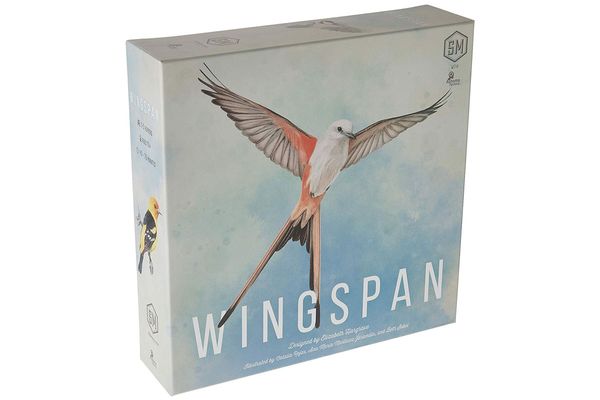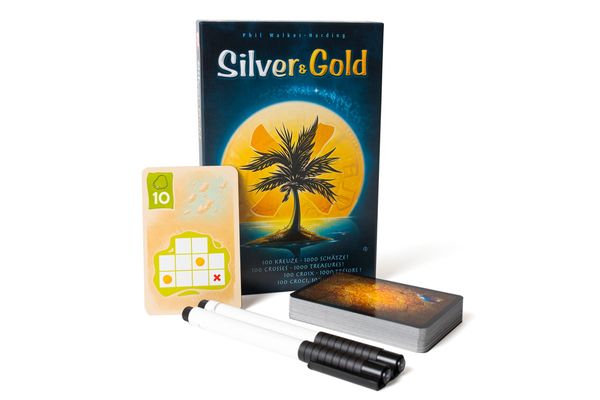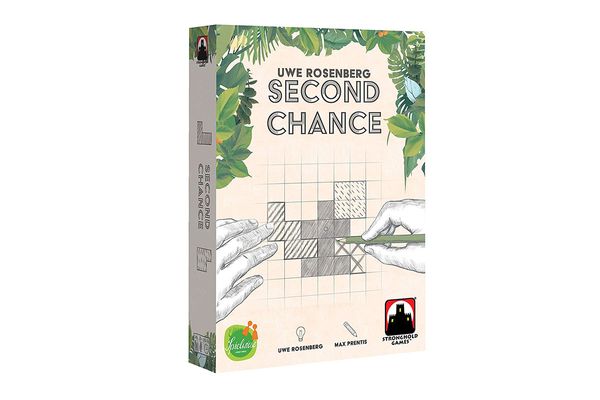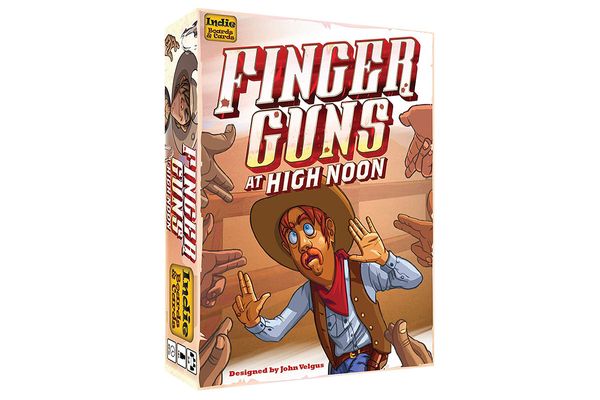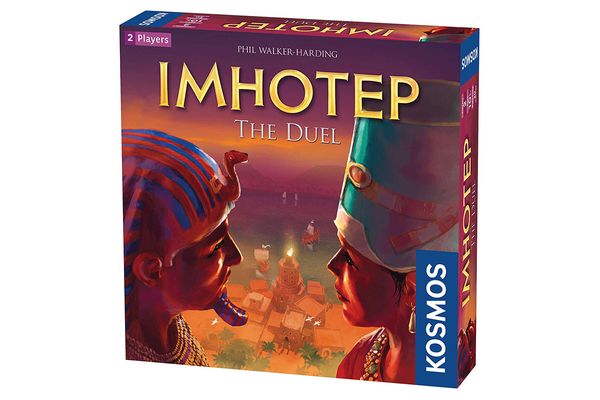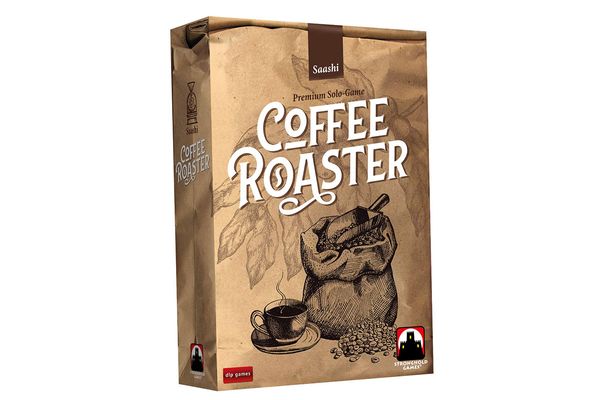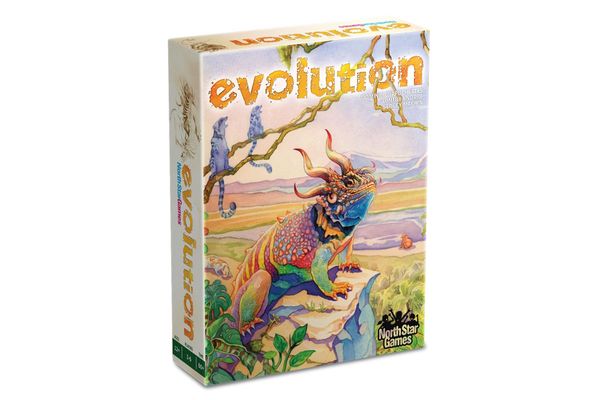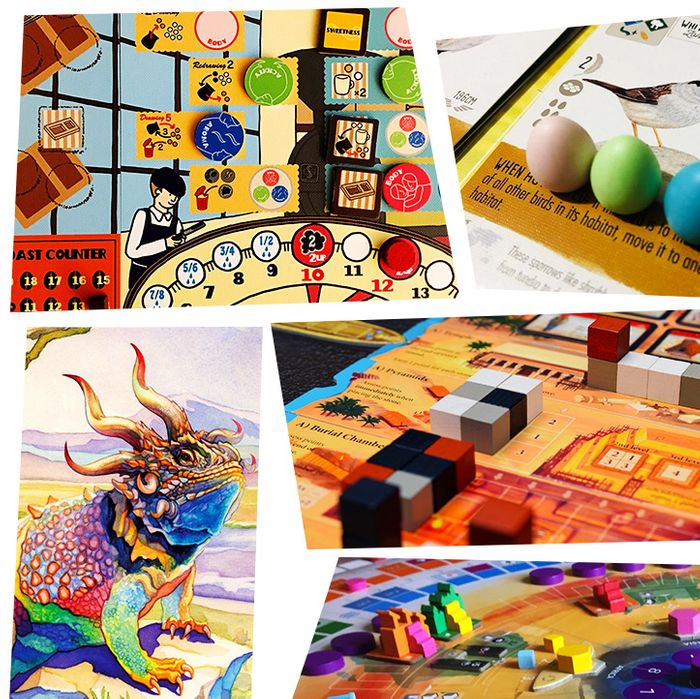
This story originally ran in December and is being republished for anyone looking to entertain themselves at home right now.
It’s been a banner time in board gaming, with a thousand or so more titles hitting the market just last year. Old favorites are coming back into print, there are more roll-and-write games than anyone ever really needed, and 2019 saw the the biggest breakout board game hit we’ve had in years. I’ve played dozens of new games in the past year, from the simplest to … well, not the most complex (I do have a job and a daughter, you know). But I have played a lot of games. Here are my favorites right now.
Best New Game
I can’t think of the last time a new board game received the kind of widespread acclaim and mainstream attention as Wingspan, a game about birds and bird-watching that truly integrates its theme into gameplay and features beautiful artwork. Designer Elizabeth Hargrave loves birds and decided to turn her passion into a game. But rather than just paste the theme onto an abstract design, she took the actual characteristics of over 150 species of birds — where they nest, what they eat, how many eggs they lay — and incorporated it all into the game itself. You build your habitats to try to attract those birds and score points by those characteristics as well as other bird powers (do birds have powers?) listed on the cards. Best of all, it plays comfortably in under an hour, works well with younger gamers (with a lot of reading required, however), and offers a lot of replay value because of the diversity of card options. Hargrave won the Kennerspiel des Jahres, the expert’s Game of the Year Award, for Wingspan, becoming just the second woman ever to win any of the Spiel des Jahres awards as a solo designer. The honor was more than deserved.
Best Light Game
Last year I carved out a separate mention for the best heavy game, but with Wingspan a bit more complex than the games most of you have likely played, here’s one in the other direction: a lightweight, fast-playing game with no text that anyone can play. Silver & Gold is a “polyomino” game, meaning it uses shapes that will remind you of Tetris. The players start the game with two cards that show shapes with anywhere from 8 to 14 squares on them, and they’ll use dry-erase markers to try to fill in those shapes by using the two to four square cards available to all players in each round. There are eight such cards, and you’ll use seven per round, with four rounds per game. You try to fill in as many cards as you can as quickly as you can so you can get more cards, although you can also gain points by filling in squares with coins or palm trees, and a few cards offer bonuses if you complete certain other cards. There’s very little learning curve and it’s absolutely satisfying to fill in all those squares with your dry-erase markers. Everyone to whom I’ve introduced this game has loved it.
Best Game for a Crowd
Need a game to play with your annoying family members over the holidays — one that isn’t a party or social game because you actually don’t like those people that much? Second Chance might fit the bill. It’s also a polyomino game, this time from Uwe Rosenberg, who has produced many games using those shapes (Patchwork is a great such two-player game). Second Chance is a flip-and-write, meaning that on each turn, you’ll flip two cards and everyone will draw one of those shapes on their personal nine-by-nine grids. Each player starts with a unique eight-square shape, and while the box says it’s for two to six players, there are 13 starting cards, and I see no reason you couldn’t play with more players as long as everyone can see the cards. It’ll get messy near the end, however, when players start to “bust”: If you can’t play either of the two shapes shown, you get a second chance and draw one card strictly for yourself. If you can draw it, you stay in the game; if not, you stop playing, but can still end up winning the game. The first player to bust completely fills in one open square with a one. Once everyone is out, the winner is the player with the fewest unfilled spaces remaining on their grids; if there’s a tie and one of those players has the one, they win. It’s very light and uncomplicated, and sometimes that’s what you want around the holidays.
Best Party Game
This game is ridiculous, right down to its name, and I love it. Each turn, players all simultaneously make one of the hand symbols shown on the reference card, which include making gun symbols at other players (which I acknowledge is not for everybody). You can, however, try to negotiate alliances with other players between turns, and while they’re not enforceable, they can help early in the game. If you’re shot, you lose health and move your tracker around the perimeter of your card. Once your health reaches zero, you’re dead but not necessarily out of it. You flip your card over and become a ghost, which has limited powers but keeps you playing. Ultimately it’ll come down to two players, or one against the ghosts, and the best shooter wins. It’s a silly bluffing game that I think will get most people laughing thanks to the theme and the need to make certain hand signals, as well as the certainty that at least one player will make some sort of signal that isn’t even in the game.
Best Two-Player Game
Imhotep itself is a great game for two to four players, but it’s best with three or four because with two it turns into a bit of two-player solitaire: It’s too easy for the players to avoid each other and go for different things. Imhotep: The Duel reimagines the game entirely as a two-player game that forces more direct interaction and gives you far more opportunities to do something that helps you and hinders your opponent. As in the original game, players are placing tokens into four different scoring areas, although here each player has their own spaces, and the tokens now come from the central supply. You place your meeples on the three-by-three board to compete to grab those tokens, and you can always choose to unload tokens from a boat before your opponent might want you to do so. The player boards are double-sided, with the B sides offering more cutthroat scoring setups. Rather than just some slimmed-down version of another title that allows publishers to make an extra buck, The Duel is a good Euro strategy game with a quick setup that plays in 20 minutes and gives you plenty of ways to win.
Best Issue
Coffee Roaster was a bit of a unicorn in board games: It’s a solo game, from a Japanese designer, published in English but never given a real release in the U.S., so copies were hard to come by; it was long out of print. Stronghold brought it back this year with updated and much snazzier artwork, but kept the core game intact. In a game of Coffee Roaster, you’ll roast three different beans, each of which has its own unique combination of moisture, acidity, body, and aroma. You’ll draw a set number of tokens, representing the bean, those characteristics, and eventually bad beans; on each turn, you choose which ones to roast further, which ones to try to discard, and which ones to work with using special powers you get from other tiles. Beans can be roasted to level 0, 1, 2, 3, or 4, after which they are burned. When you decide you’re done, you do a cupping and pull ten tiles from the bag, adding up their roast values to try to reach that bean’s optimal roast level, while also keeping key flavor notes for that bean. You’re trying to hit a specific total score for the game, but each session plays out as three mini-games, so there’s a lot of pleasure or frustration in each batch. The game should be out to retail later this month.
Best Board-Game App
The Evolution app came out near the beginning of the year and has since expanded so it’s available on iOS, Android, Steam, and very soon on Switch. It’s a gorgeous adaptation of the evolution-themed board game that has players create new species, upgrade them with various traits, and either feed from the communal watering hole or turn them into carnivores so they can feast on other species. The tabletop game is a bit fiddly, and the way the carnivore traits play out can make the game feel too aggressive, but on the app the annoying setup stuff is already handled for you, and who cares if you eat the AI players’ species? The campaign mode is also useful for helping you get used to playing with variants or under different conditions, serving as a real training module instead of just a series of random challenges.
Every editorial product is independently selected. If you buy something through our links, New York may earn an affiliate commission.


